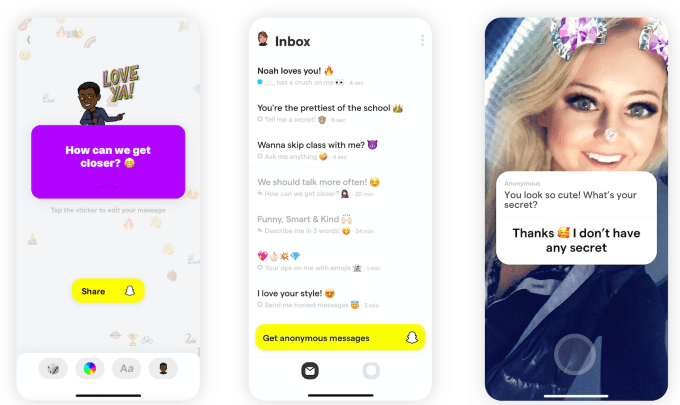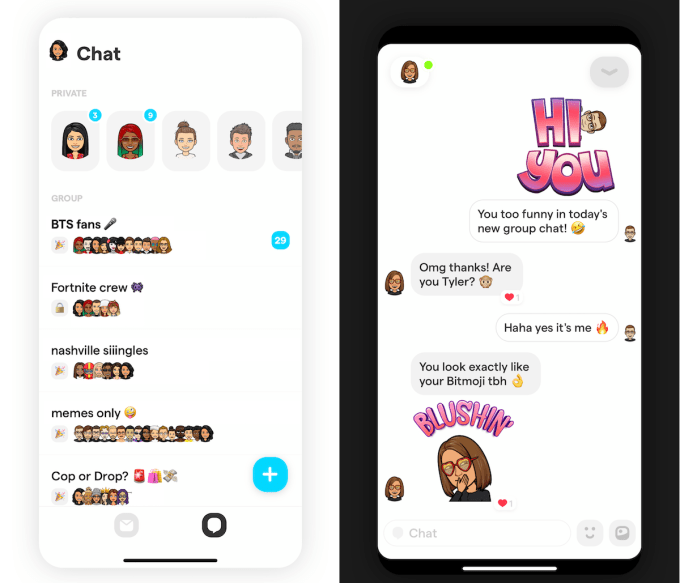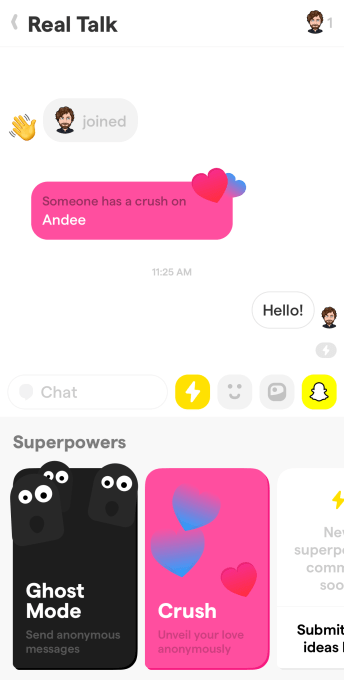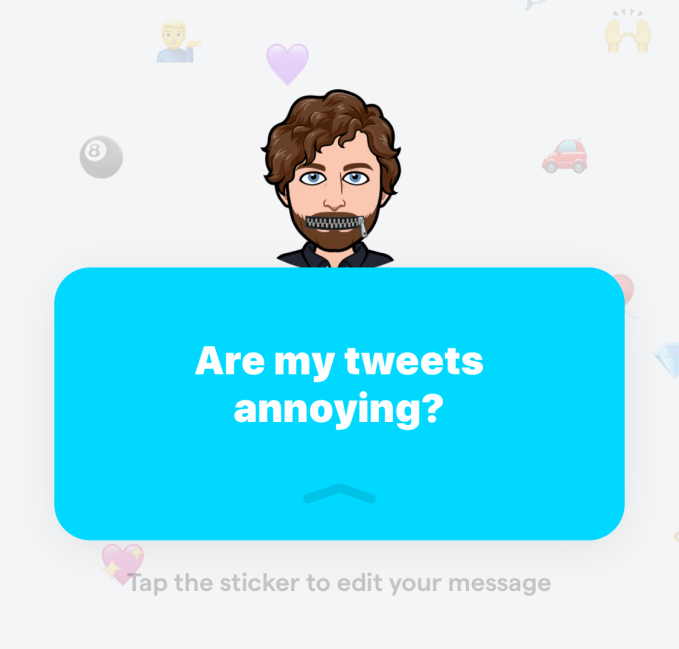
Small business owners only have a finite amount of hours each day. How you use them can have a major impact on your overall success. If you want to make the most of your limited time, you need to increase productivity in new and creative ways. See what has worked for members of the online small business community below.
Transform Your Day with a Morning Routine
A productive morning helps you set the tone for the rest of the day. If you want to get more done on a regular basis, a set morning routine can help. In this post and podcast on the Duct Tape Marketing blog, you can learn all about creating the right routine for your business.
Clean Up Your Bookkeeping
Constantly working through messy bookkeeping documents can waste a ton of time. If your want to improve your finances and save time, going through a thorough cleanup process is a must. This Acuity post by Kenji Kuramoto includes tips for doing just that.
Improve Employee Performance
If your team can get more done each day, you can save time on your own tasks while still keeping up with your business goals. So how can you improve performance across the board? In this SMB CEO post, Ivan Widjaya goes over some of the top strategies you can try.
Rapidly Master Social Media
If you’re not already a social media master by the time you start a business, you need to learn the ins and outs quickly so you can make the most of those platforms. If you don’t have a ton of time to lose, this Pixel Productions post by Hermit Chawla might help. You can also visit the BizSugar community to see what other business owners are saying.
Measure Your Marketing Impact
Lots of business owners spend too much of their time on marketing. If you want to make the most of your day, you need to focus on the things that make the biggest impact. That means you have to measure what works and what doesn’t. In this SmallBizDaily post by Tobias Foster, you can learn a few easy steps to measure your impact this year.
Blend Work and Leisure Travel
Travel can benefit your business in a number of ways. It can open you up to opportunities in new markets, help you make valuable connections, and give you a change of pace that may boost your creativity and motivation. If you’re interested in enjoying your travels on a personal level while still growing your business, read this Smallbiztechnology.com post by Ramon Ray.
Increase Traffic with Push Notifications
Increasing traffic to your blog or website can be really time consuming. Instead of trying to balance ten different marketing channels, why not try something that can provide an instant boost? Neil Patel outlines how he’s used push notifications to drive traffic in this blog post.
Chart and Track Google Trends
Keeping up with the latest online trends can make a big impact on your SEO strategy. But constantly checking in on Google Trends can be time consuming. So using tools like Python can help you keep up without wasting time. Learn more in this Search Engine Land post by Hulya Coban.
Understand the Purpose of SEO
Some business owners may overlook certain aspects of marketing simply because they don’t understand them. But if you’re not making an informed decision, you could be wasting tons of time on less effective techniques. If you need help when it comes to SEO, check out this Mostly Blogging post by Janice Wald. Then head over the BizSugar community to see commentary from members.
Look at New Business Opportunities
Some businesses allow you to earn an income without actively providing service on your own time. If you’re interested in starting a new business in your spare time or want to add another revenue stream to your current operations, Nellie Akalp of CorpNet goes over how to start a vending machine business in this post.
If you’d like to suggest your favorite small business content to be considered for an upcoming community roundup, please send your news tips to: sbtips@gmail.com.
Image: Depositphotos.com
This article, "10 Tips to Help You Make the Most of Your Time as a Small Business Owner" was first published on Small Business Trends







 That June, Yolo quietly raised a $2 million seed round thanks to its sudden success. The team had been grinding since 2017 on a video reactions app called Popshow funded by a small pre-seed round from SV Angel, Shrug Capital and Product Hunt’s Ryan Hoover. They’d previously built music video-making app
That June, Yolo quietly raised a $2 million seed round thanks to its sudden success. The team had been grinding since 2017 on a video reactions app called Popshow funded by a small pre-seed round from SV Angel, Shrug Capital and Product Hunt’s Ryan Hoover. They’d previously built music video-making app 
 That cash fueled the release of Yolo’s new group chat feature. You can set up a chat room, give it a name and generate an invite URL or sticker you can post on Snapchat, just like its previous question feature. Friends or friends of friends that are already in can join the group chat, represented by their Bitmoji instead of their name. Yolo suggests people join the more open “party mode” chats where their friends are active.
That cash fueled the release of Yolo’s new group chat feature. You can set up a chat room, give it a name and generate an invite URL or sticker you can post on Snapchat, just like its previous question feature. Friends or friends of friends that are already in can join the group chat, represented by their Bitmoji instead of their name. Yolo suggests people join the more open “party mode” chats where their friends are active.





